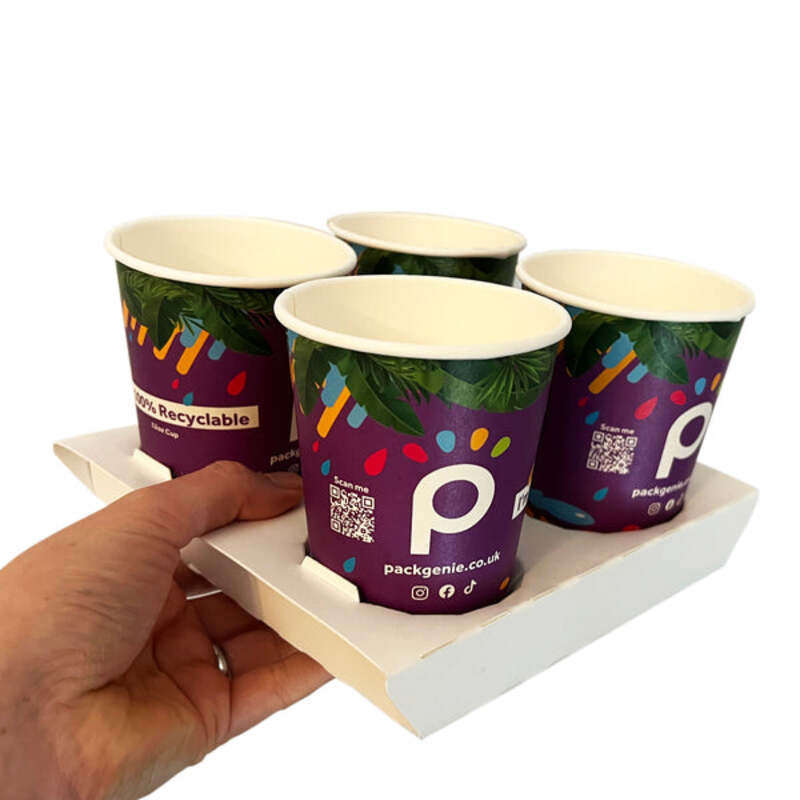The Impacts of Plastic Food Packaging A Comprehensive Overview
In the modern food industry, plastic packaging has become a ubiquitous element in our daily lives. From the moment we step into a grocery store, we are surrounded by an array of products encased in various forms of plastic. While this convenience has made life easier for consumers and producers alike, it also raises significant concerns regarding environmental sustainability, health, and the economy. This article explores the various aspects of plastic food packaging, including its benefits, drawbacks, and potential alternatives.
The Rise of Plastic Packaging
Plastic food packaging emerged in the mid-20th century as a revolutionary solution to preserve food longer, reduce spoilage, and minimize food waste. Its lightweight nature, durability, and ability to be molded into various shapes made it an attractive option for manufacturers. For consumers, plastic packaging often provides convenience—easy to open, resealable, and often microwavable. Moreover, the clear visibility of food items through plastic containers appeals to consumers, enhancing their shopping experience.
Environmental Concerns
Despite its advantages, the environmental impact of plastic food packaging has significant ramifications. The production of plastic is resource-intensive, relying heavily on fossil fuels, contributing to greenhouse gas emissions. Additionally, plastics take hundreds of years to decompose, leading to substantial waste management challenges. It's estimated that millions of tons of plastic enter our oceans each year, posing dangers to marine life and ecosystems.
Single-use plastics, commonly used in food packaging, exacerbate this problem. They are often discarded after a single use, resulting in pollution that affects terrestrial and aquatic environments alike. The accumulation of plastic waste not only harms wildlife but also degrades natural landscapes. The call for stricter regulations on plastic production and increased recycling efforts has gained momentum as consumers become more aware of these issues.
Health Implications
Beyond environmental concerns, plastic food packaging raises questions about human health. Certain types of plastics can leach harmful chemicals into food and beverages, especially when exposed to heat or acidic substances. Chemicals such as bisphenol A (BPA) and phthalates have been studied for their potential endocrine-disrupting properties, which can lead to various health issues, including hormonal imbalances and increased cancer risk. As a response, many manufacturers have started producing BPA-free plastic containers, but the safety of alternative chemicals remains uncertain.
plastic food packaging

Moreover, the widespread use of microplastics—tiny plastic particles that result from the breakdown of larger plastic items—has emerged as another significant health concern. Recent studies have found microplastics in various foods and beverages, raising alarms about long-term health effects on human consumers. The uncertainty surrounding the safety of consuming microplastics reinforces the need for stricter regulations and testing protocols in the food packaging industry.
The Economic Perspective
Economically, plastic packaging has provided significant benefits. It has lowered transportation costs due to its lightweight nature and extended the shelf life of products, leading to reduced food waste—a critical concern in food security. However, the growing awareness of environmental and health issues associated with plastic has prompted many businesses to reconsider their packaging strategies. Brands focusing on sustainability are increasingly investing in alternative materials or implementing recycling initiatives, often appealing to a conscientious consumer base willing to support eco-friendly practices.
Exploring Alternatives
The desire for sustainable solutions has led to the exploration of alternative packaging materials. Biodegradable plastics, plant-based packaging, and reusable containers are gaining traction as viable options. For instance, materials derived from corn starch or sugar cane offer a more environmentally friendly footprint and decompose more readily than traditional plastics. Additionally, glass and metal containers, while heavier, are reusable and recyclable, reducing waste and environmental impact.
Consumer education plays a crucial role in this transition. By understanding the implications of plastic packaging and exploring alternative options, consumers can influence market trends and encourage industries to innovate toward sustainable practices.
Conclusion
While plastic food packaging has revolutionized the way we store and consume food, it comes with considerable environmental and health concerns. The stark reality of plastic pollution, coupled with the potential health risks tied to chemical leaching, calls for urgent attention from consumers, industry stakeholders, and policymakers. By embracing sustainable practices and supporting alternatives, we can work together to mitigate the negative impacts of plastic packaging, ensuring a healthier planet for future generations. The shift to a more sustainable future in food packaging is not just a trend; it is a necessity that requires collective action and commitment.



